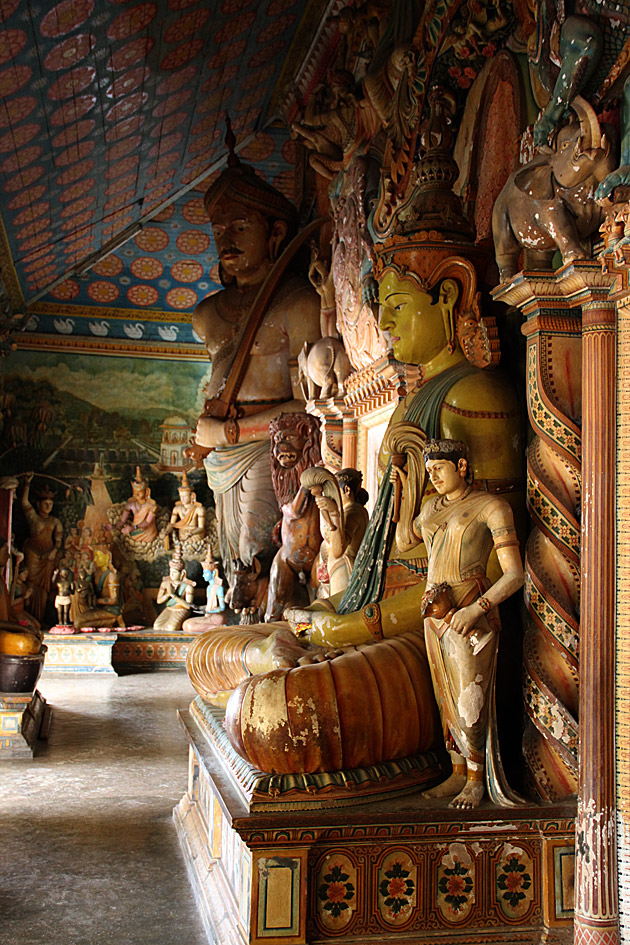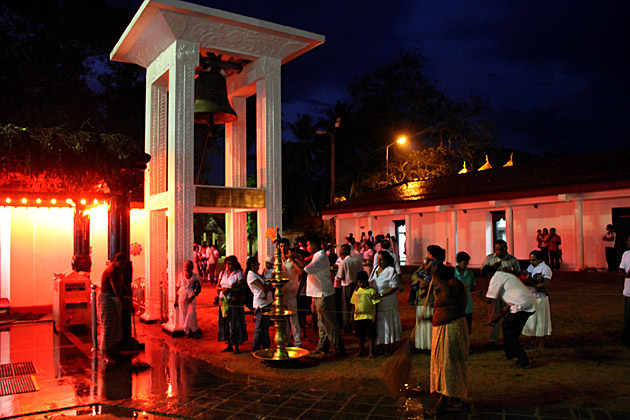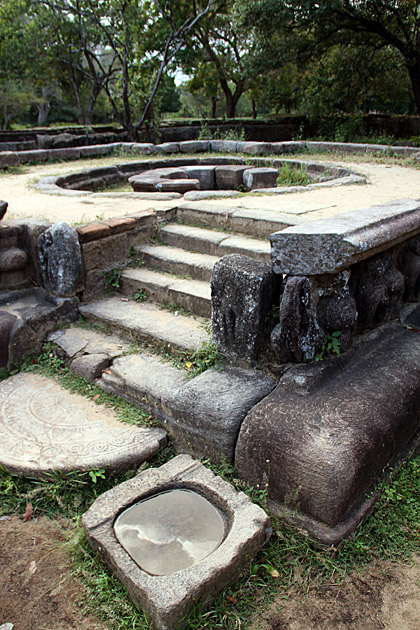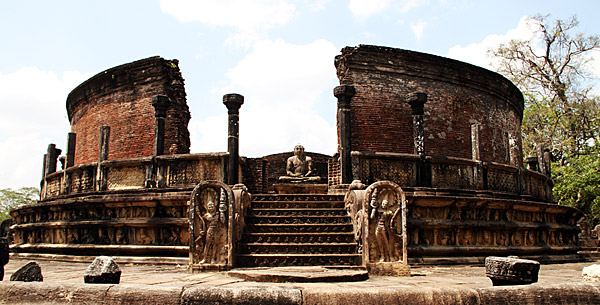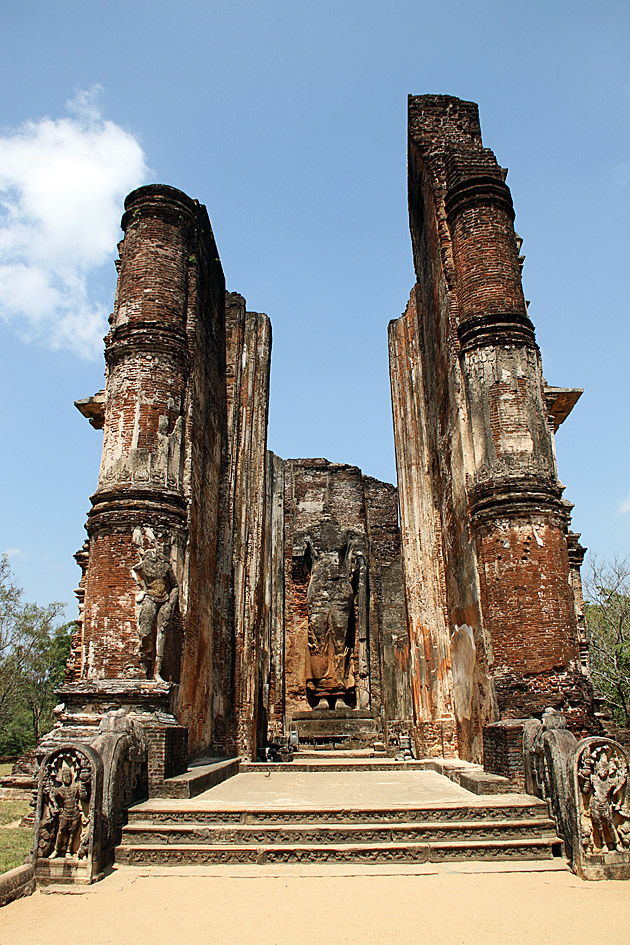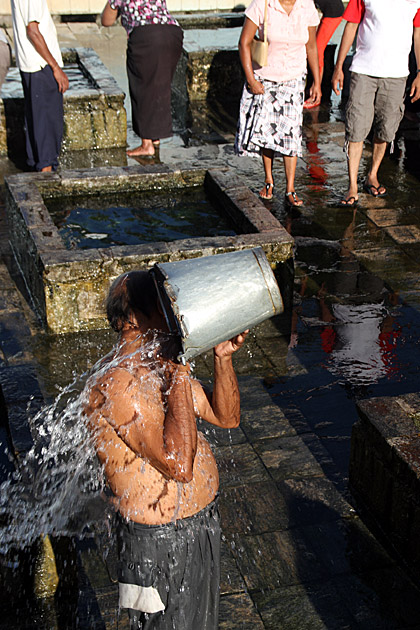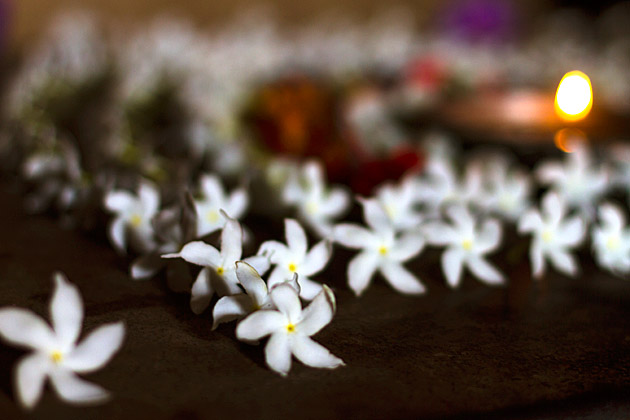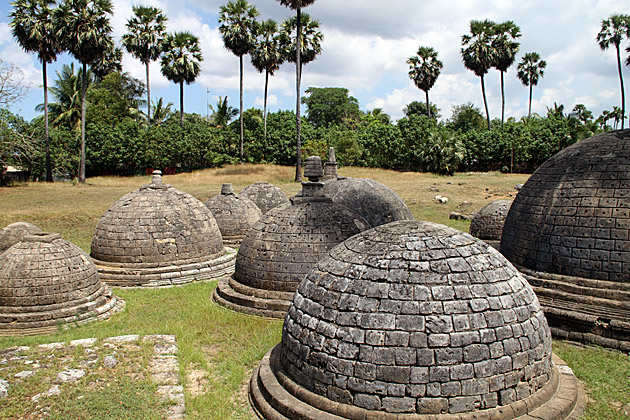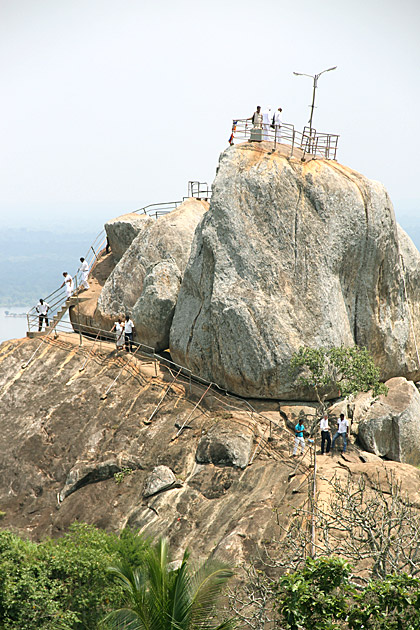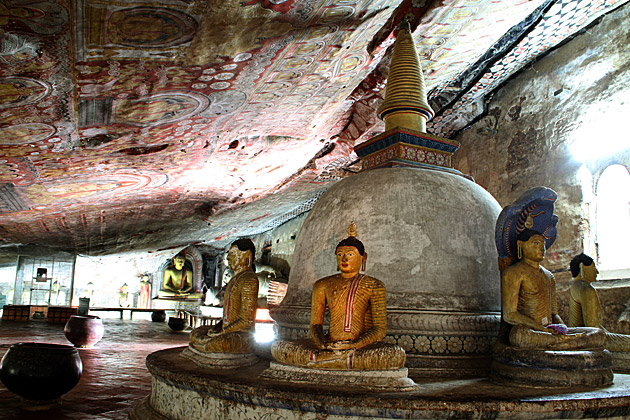The Kitsch Madness of Wewurukannala Temple
The village of Dickwella's claim to fame is the Wewurukannala Temple, which houses the largest Buddha in Sri Lanka. But there's more to see here than just some big statue. A marvelously kitschy image house, an illustrated Hall of Sin, colorful statues and a resident elephant are among the secondary highlights of this entertaining place of worship.
